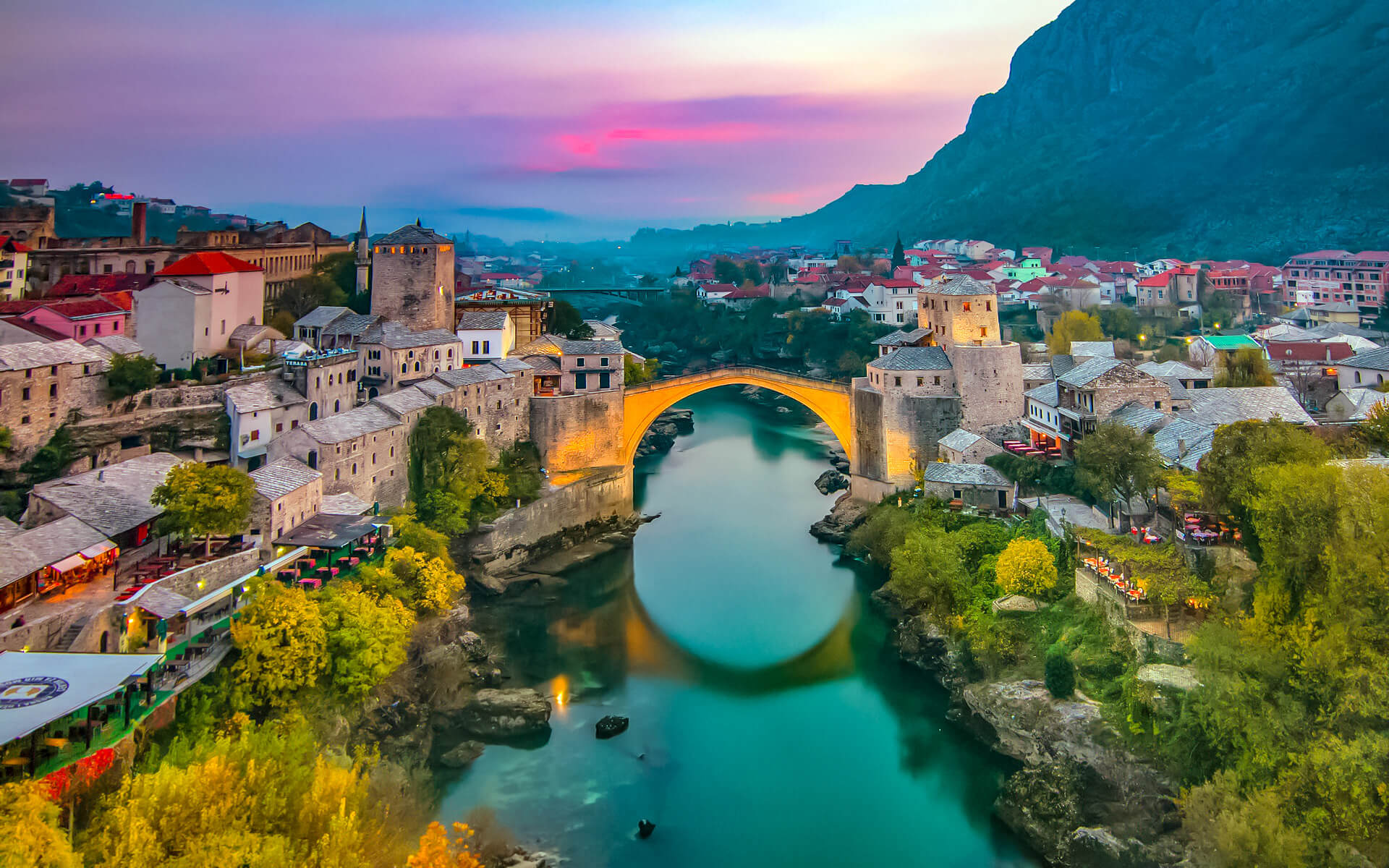Mostar’s economy is mainly reliant on the aluminum and metal industries, banking, and telecommunications. Some of the country’s top firms have their headquarters in the city.
Mostar, along with Sarajevo, is the major financial hub in Bosnia and Herzegovina, with two of the country’s three largest banks headquartered there. Bosnia and Herzegovina has three national electric, postal, and telecommunication service companies, with one of each in Mostar (electric service corporation ‘Elektroprivreda HZHB,’ postal service business Hrvatska Pota Mostar, and HT Mostar, the country’s third biggest telecommunication firm). These three enterprises (along with banks and an aluminum foundry) account for a significant share of the city’s total economic activity. Over the last several years, the private sector has experienced a significant expansion in small and medium-sized businesses, which has contributed to the favorable business environment.
Given the presence of three dams on the area of the city of Mostar, the city has a firm foundation for future industrial expansion. There is also an ongoing initiative for the potential use of wind power and the construction of windmills.
Mostar depended on other significant enterprises that had been shuttered, destroyed, or shrunk prior to the 1992–1995 Bosnian War. SOKO (military aircraft plant), Fabrika duhana Mostar (tobacco business), and Hepok were among them (food industry). Mostar’s GDP per capita in 1981 was 103 percent of the Yugoslav average.
Aluminij is the sole enterprise from the former Yugoslavia that is still in operation. Aluminij is one of the strongest firms in the country, with a number of foreign partners. The company’s yearly output is rapidly increasing, and it partners with significant worldwide firms such as Daimler Chrysler and Fiat. Aluminij is one of the most powerful businesses in the city, region, and nation. In respect to present industrial capacity, it produces more over €150 million in yearly exports. The Aluminij’s partners include well-known global corporations, the most important of which are: Venture Coke Company L.L.C. (Venco-Conoco joint Venture) from the United States, Glencore International AG from Switzerland, Debis International trading GmbH, Daimler-Chrysler and VAW Aluminium Technologie GmbH from Germany, Hydro ASA from Norway, Fiat from Italy, and TLM-ibenik from Croatia. Aluminij generates €40 million in revenue for the Mostar district alone each year.
Mostar is also home to the biennial International Economic Fair Mostar (“Meunarodni sajam gospodarstva Mostar”), which began in 1997. The Fair is divided into various sections: “The Economy Fair,” “Wine Fair,” “Book Fair,” and “Food Day.”


